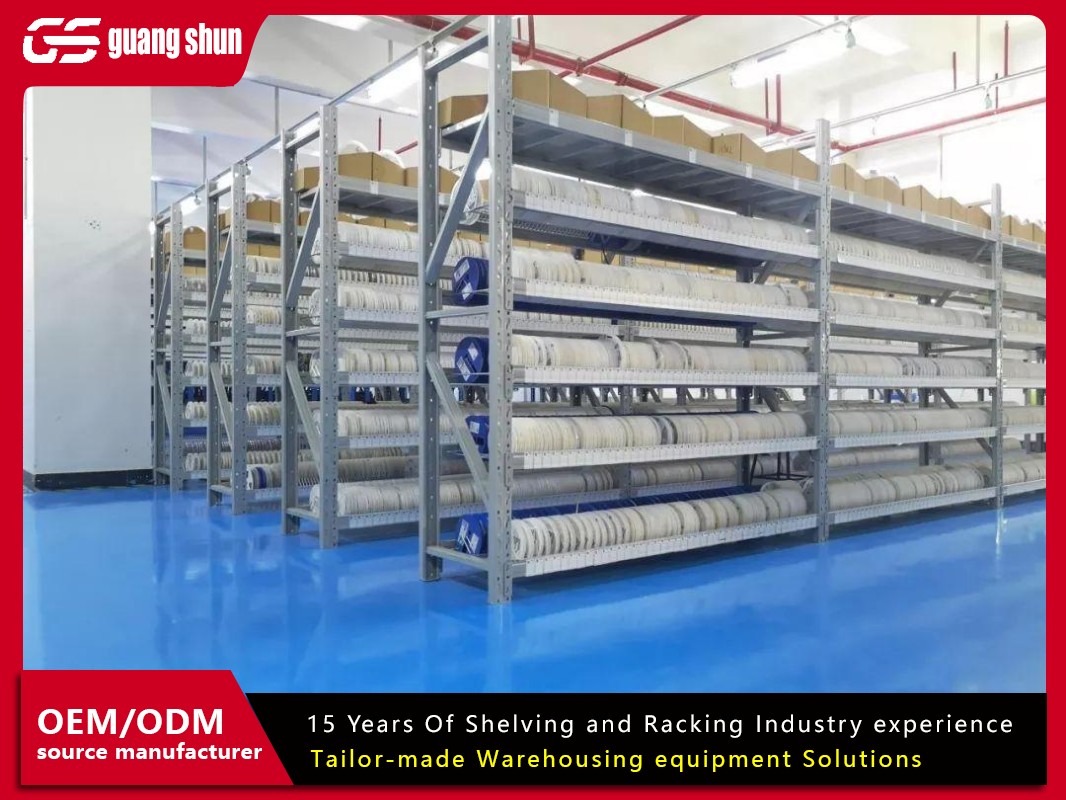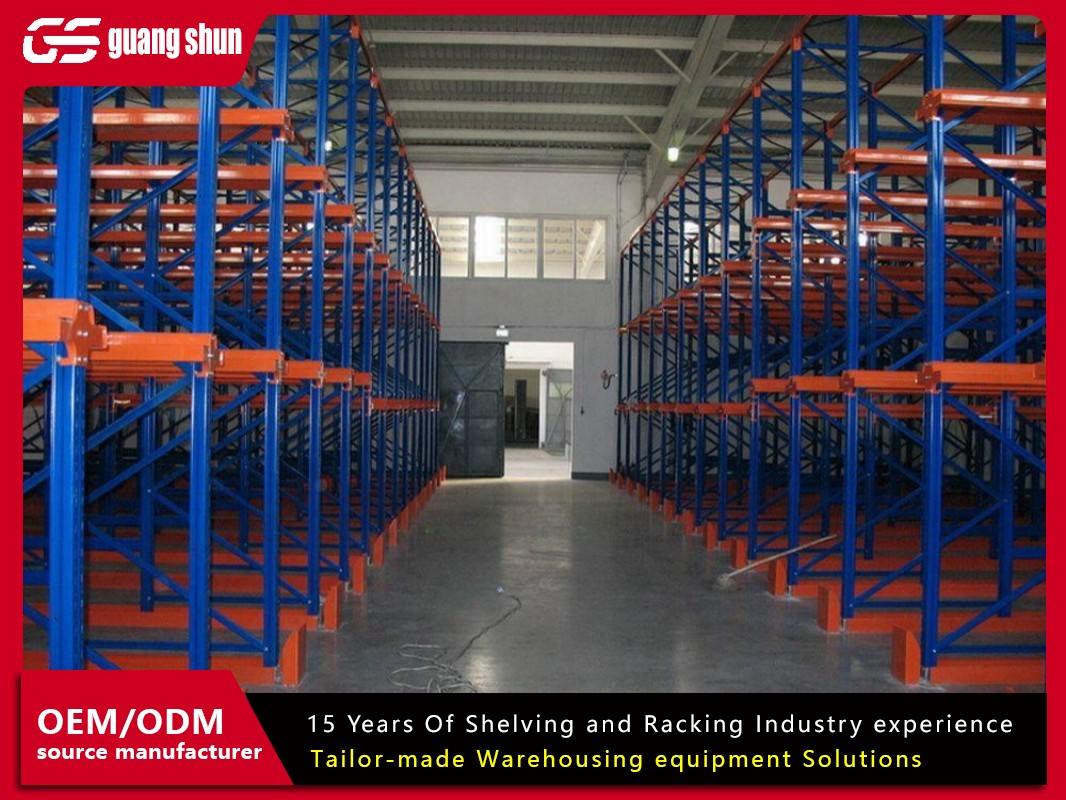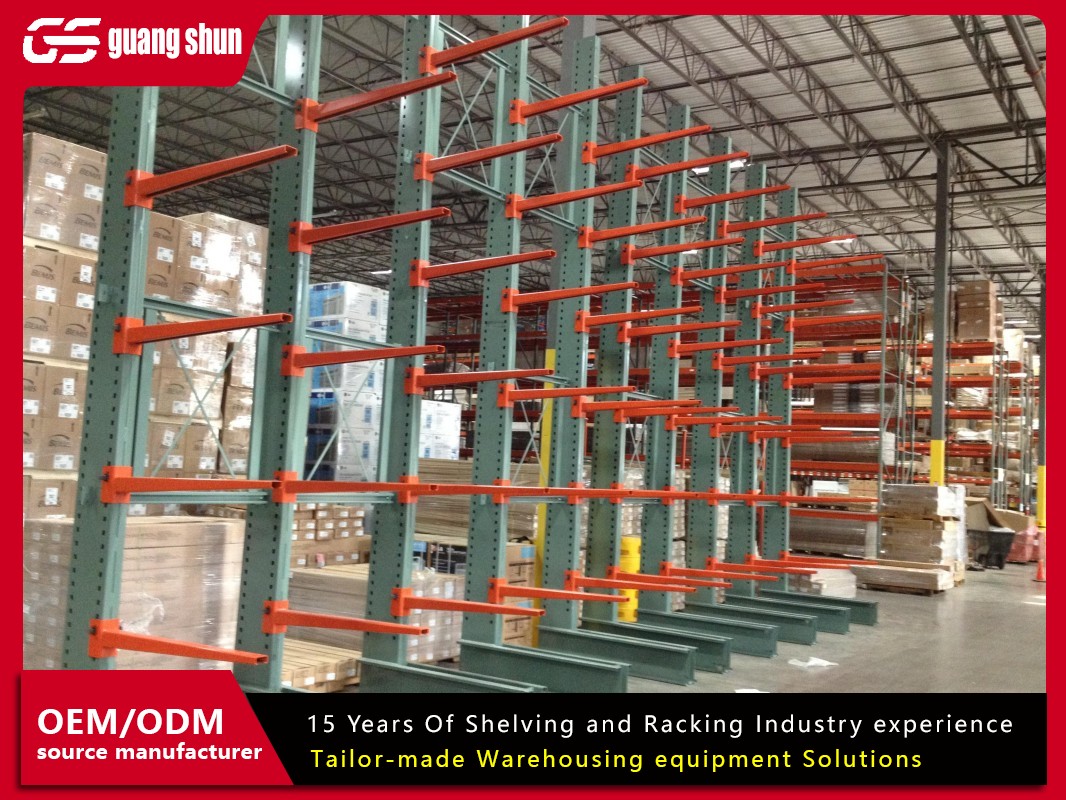In today's fast-paced industrial and commercial environments, efficient storage solutions are crucial for maximizing space, improving workflow, and reducing operational costs. Among these solutions, rack storage systems stand out as a fundamental component in warehouses, distribution centers, and manufacturing facilities worldwide. These systems are designed to organize goods vertically and horizontally, allowing businesses to utilize their available space effectively. Whether you're dealing with palletized items, small parts, or bulky materials, rack storage systems offer a versatile approach to inventory management. This article delves into the intricacies of rack storage systems, exploring their key aspects, benefits, and common challenges. By understanding these elements, you can make informed decisions to optimize your storage infrastructure.
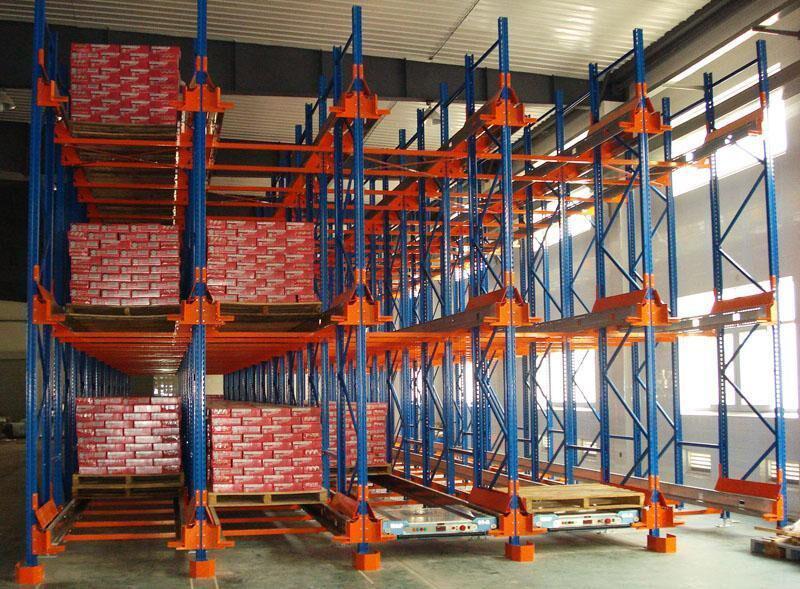
What Are Rack Storage Systems?
Rack storage systems are structural frameworks used to store materials in an organized manner, typically in industrial settings. They consist of upright frames, beams, and shelving components that create multiple levels for storage. The primary purpose of these systems is to increase storage density by leveraging vertical space, which is especially valuable in facilities with limited floor area. Rack storage systems can be customized to handle various load capacities, sizes, and types of goods, from lightweight boxes to heavy pallets. They are commonly made from durable materials like steel to ensure safety and longevity. By implementing rack storage systems, businesses can streamline their operations, reduce clutter, and enhance accessibility to stored items. This makes them indispensable in sectors such as logistics, retail, and manufacturing, where efficient inventory control is paramount. Moreover, modern rack storage systems often integrate with other warehouse technologies, like automated retrieval systems, to further boost productivity.
Types of Rack Storage Systems
The diversity of rack storage systems allows them to cater to different storage needs and operational requirements. Here are some common types:
Selective Pallet Rack Systems: These are the most widely used rack storage systems, offering direct access to each pallet. They are ideal for warehouses with a high variety of SKUs, as they allow for easy loading and unloading. The design typically includes adjustable beams, making them flexible for various pallet sizes.
Drive-In and Drive-Through Rack Systems: Designed for high-density storage, these rack storage systems enable forklifts to drive directly into the rack structure. Drive-in systems have a last-in, first-out (LIFO) configuration, while drive-through systems allow for first-in, first-out (FIFO) access. They are suitable for storing homogeneous products with low turnover.
Cantilever Rack Systems: These are specialized rack storage systems for long, bulky items like pipes, lumber, or furniture. They feature arms that extend from vertical columns, providing unobstructed access without front columns. This design simplifies the handling of irregularly shaped goods.
Push-Back Rack Systems: Utilizing a dynamic storage method, push-back rack storage systems allow pallets to be stored on nested carts that slide along inclined rails. This system offers high density and operates on a LIFO basis, making it efficient for perishable goods or items with expiration dates.
Mobile Rack Systems: For facilities with space constraints, mobile rack storage systems are an excellent choice. They consist of racks mounted on mobile bases that can be shifted along tracks. This eliminates the need for permanent aisles, significantly increasing storage capacity.
Each type of rack storage systems has its advantages, and the choice depends on factors like inventory turnover, space availability, and budget. By selecting the appropriate system, businesses can optimize their storage layout and improve overall efficiency.
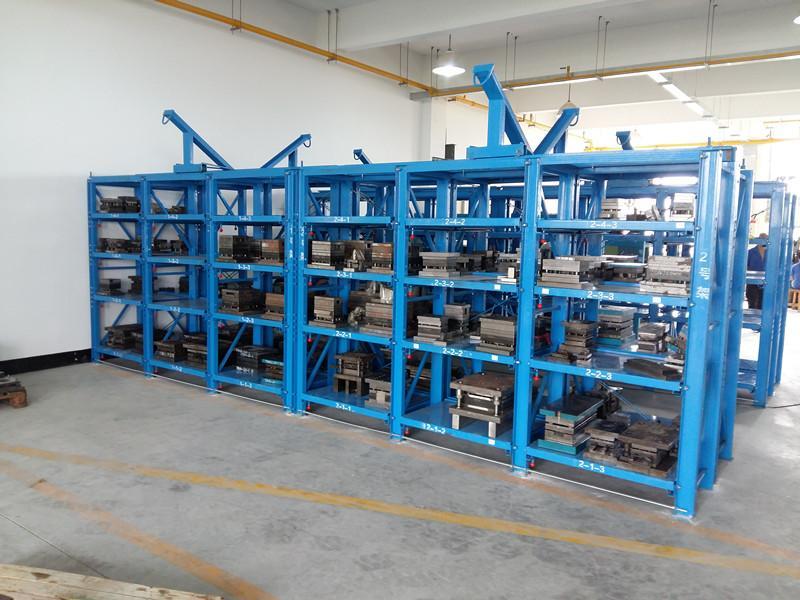
Benefits of Implementing Rack Storage Systems
Investing in rack storage systems brings numerous advantages that contribute to operational excellence. Firstly, they maximize space utilization by enabling vertical storage. Instead of spreading items across a large floor area, rack storage systems allow you to stack goods safely, effectively doubling or tripling your storage capacity. This is particularly beneficial in urban areas where real estate costs are high. Secondly, these systems enhance organization and accessibility. With clearly defined slots and levels, workers can quickly locate and retrieve items, reducing downtime and errors. This is crucial for maintaining high throughput in fast-moving environments.
Another key benefit is improved safety. Well-designed rack storage systems are engineered to handle specific weights and distribute loads evenly, minimizing the risk of collapses or accidents. Many systems also include safety features like guards and locks. Additionally, rack storage systems support scalability. As your business grows, you can easily reconfigure or expand the racks to accommodate changing inventory needs. This flexibility makes them a cost-effective long-term solution. Furthermore, by integrating with warehouse management systems (WMS), rack storage systems can facilitate real-time inventory tracking, leading to better decision-making and reduced stockouts. Overall, the implementation of rack storage systems can lead to significant cost savings, increased productivity, and a safer work environment.
Key Considerations When Choosing Rack Storage Systems
Selecting the right rack storage systems requires careful evaluation of several factors to ensure they align with your operational goals. Start by assessing your inventory characteristics, such as weight, size, and turnover rate. For instance, heavy items may require robust rack storage systems with higher load capacities, while fast-moving goods might benefit from selective racks for easy access. Next, consider the available space in your facility. Measure the ceiling height and floor area to determine the optimal rack configuration. If space is limited, high-density options like mobile or push-back rack storage systems could be more suitable.
Budget is another critical factor. While rack storage systems are an investment, it's important to balance cost with quality. Cheaper systems might save money upfront but could lead to higher maintenance costs or safety issues down the line. Look for systems that offer durability and compliance with industry standards, such as those set by the Occupational Safety and Health Administration (OSHA). Additionally, think about future growth. Choose rack storage systems that are modular and adaptable, allowing for easy expansion or reconfiguration. It's also wise to consult with professionals during the planning phase to avoid common pitfalls. By taking these considerations into account, you can select rack storage systems that enhance efficiency and provide a solid return on investment.
Installation and Maintenance of Rack Storage Systems
Proper installation and maintenance are essential for the longevity and safety of rack storage systems. Installation should always be carried out by trained professionals to ensure structural integrity. The process typically involves assembling upright frames, attaching beams, and securing the system to the floor. It's crucial to follow manufacturer guidelines and local building codes to prevent accidents. Once installed, regular inspections are necessary to identify any signs of wear or damage. Common maintenance tasks include checking for bent beams, loose bolts, or corrosion. Implementing a scheduled maintenance program can help address issues early, reducing the risk of failures.
For rack storage systems, load capacity must never be exceeded, as overloading can lead to collapses. Employees should be trained on safe loading practices and the importance of even weight distribution. Additionally, consider environmental factors like seismic activity or humidity, which might require specialized reinforcements or coatings. Many businesses also opt for periodic professional audits to assess the condition of their rack storage systems. By prioritizing installation quality and ongoing maintenance, you can extend the life of your systems and ensure a safe working environment. Remember, well-maintained rack storage systems not only protect your inventory but also contribute to operational continuity.
Common Problems with Rack Storage Systems and How to Address Them
Despite their benefits, rack storage systems can encounter issues that impact performance and safety. One common problem is improper loading, where items are placed unevenly or exceed weight limits. This can cause beams to bend or racks to collapse. To mitigate this, implement strict loading protocols and use clear labeling for weight capacities. Regular training for staff on the correct use of rack storage systems is essential. Another issue is damage from forklifts or other equipment. Collisions can weaken structural components, leading to potential hazards. Installing protective guards like column protectors or bumpers can reduce the risk of impact damage.
Over time, wear and tear can affect the integrity of rack storage systems. Corrosion, especially in humid environments, can compromise metal parts. Applying anti-corrosion coatings and conducting routine inspections can help detect and address corrosion early. Additionally, poor design or layout can result in inefficient space usage or accessibility problems. For example, aisles that are too narrow might hinder forklift movement. Working with experts to design a customized layout for your rack storage systems can prevent such issues. Lastly, inadequate maintenance schedules can lead to unnoticed problems. Establishing a proactive maintenance plan, including weekly checks and annual audits, ensures that rack storage systems remain in optimal condition. By addressing these common problems promptly, businesses can maintain the reliability and safety of their storage infrastructure.
In conclusion, rack storage systems are a vital element in modern storage solutions, offering versatility, efficiency, and scalability. From understanding their types and benefits to navigating installation and common challenges, this overview highlights the importance of thoughtful implementation. By investing in the right rack storage systems and maintaining them properly, businesses can achieve significant operational improvements. As industries continue to evolve, these systems will remain a cornerstone of effective warehouse management, driving productivity and growth.



